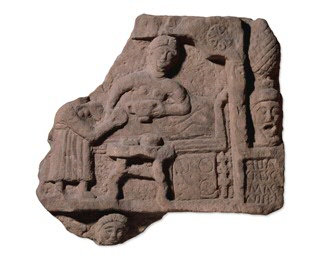Rituals in space
During the 1st century CE, funerary spaces across the Eastern Mediterranean witnessed a large-scale increase in visibility and monumentality. These new deathways offered opportunities for different forms of interaction between the living and the dead. How did people engage with these new and highly variable types of tombs and monuments? This PhD project seeks to reconstruct the rituals that took place in and around tomb spaces between the 1st century BCE and the 4th century CE in two major case studies: Pisidia (SW Anatolia) and Coastal Lebanon. It utilizes a wide array of archaeological data to gain insights into these practices, such as grave good assemblages and their positions, skeletal remains, archaeobotanical data, and the architectural and spatial affordances of the tombs. Within the ritualized environments of these tombs and necropoleis, these strands of evidence can be holistically interpreted as the products of funeral rites and ideas about death.
Rituals occur in space, but they also unfold in time. This project takes a keen interest in the overarching “ritual sequence” that takes place around these funerary spaces. These different phases or rituals leave material remains that can be identified and placed into a temporal sequence. From the moment of death, people take actions to properly treat the dead, such as washing and adorning them with jewelry found in the grave. Funerary rituals do not end with burial; commemoration can continue for days, months, or even years after an individual is laid to rest. Through the careful analysis of preserved funerary contexts, these sequences can be reconstructed and situated within their wider societal and regional settings.
Researcher: John Turco
Project introduction in Tijdschrift voor Mediterrane Archeologie 69, 2023

| Last modified: | 17 October 2024 9.26 p.m. |
